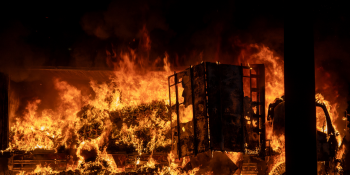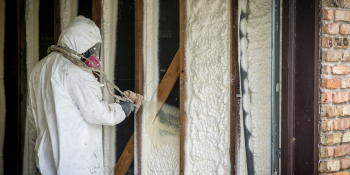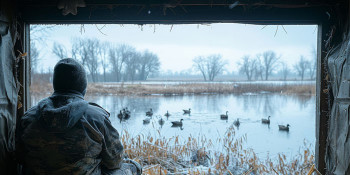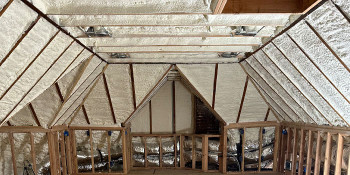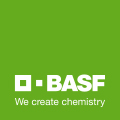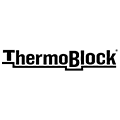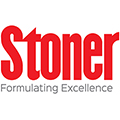Q&A Forums
Thermal barrier/Ignition barrier Post New Topic | Post Reply
| Author | Comments |
|---|---|
|
Rob Granger
Posted: Nov 17, 2007 12:08 PM
|
Thermal barrier/Ignition barrier
Mason,As far as the code is comcerned Thermal Barrier and Ingition Barriers are two seperate issues correct. At times it seems like people have used them synonymously. I know the difference but could you explain the difference as far as what the code states. Also if a customer has a cathedral ceiling with spray foam to the roof deck and wants to apply tongue and groove ceiling boards to the rafters will they suffice as the thermal barrier. Could you recite the code verbatim so I have it thanks... Rob |
|
mason
Posted: Nov 17, 2007 02:14 PM
|
Yes, A thermal barrier is defined in the building codes as a covering over foam plastic that when tested in a room corner fire test keeps the surface of the foam plastic below 250 degree F for at least 15 minutes. Drywall is listed in the building codes as a thermal barrier as is concrete. Thermal barriers are required in all inhabited areas of buildings over foam plastic. An ignition barrier is allowed over foam plastics in attics and crawl spaces instead of requiring a thermal barrier. Ignition barriers are specifically listed in the codes as the following items: 1&1/2 inches of mineral fiber (fiberglass or rockwool) 1/4 hard board or wood panels 0.16 inch thickness of metal skin or a material (such as some intumescent coatings) that have been approved over the foam plastic based on diversified tests such as the room corner test or the SWRI attic and crawl space test. A material approved in the fire test would require an ICC Evluation Service report detailing the specific foam and material allowed and under what specific conditions including, where it can be installed, how thick and other factors. So tongue and groove would suffice as an ignition barrier and based on fire tests may be considered a thermal barrier. It would depend on the inspector and if the wood had been tested in a room corner test. For example 3/4 plywood has passed a thermal barrier test over foam plastic in tests conducted in the 70s by the Society of the Plastics Industry. For more information download the SPFA technical document AY 126 Thermal Barriers for the SPF Industry. It can be downloaded for a limited time without charge at sprayfoam.org. Hope this helps clarify the differences. |
|
T Sweeten
Posted: Feb 07, 2008 09:42 AM
|
Mason, do you HAVE to install an ignition barrier if you are spraying foam on the underside of a metal roof with a plywodd deck? |
|
mason
Posted: Feb 07, 2008 03:06 PM
|
Yes, you do require an ignition barrier on all foam plastic installed in attics and crawl spaces. There are exceptions but it would require full scale fire tests and an ICC evaluation approval report. |
|
Posted: Feb 15, 2008 04:13 PM
|
Mason, I used closed cell spray foam insulation in the walls of a highend house. The interior finishes are mostly millwork. I was planning to install 1/2' CDX plywood then the millwork which ranges from 3/4' to 1-1/4" thick. How do I determine if I have achieved a code compliant thermal barrier? Thanks, Tom |
|
mason
Posted: Feb 18, 2008 11:20 AM
|
Ask your supplier if they have testing that demonstrates that this application has passed thermal barrier tests. If not, go to the wood manufacturer for fire test results. You can always reference the testing done by SPI in the 70s. As a last resort, ask the opinion of fire code experts like Jesse Beitel with Hughes and Associates, or Bill Koffel, with Koffel Associates. You can find their contact information by googling their respective companies. |
|
Tim O'Keefe
Posted: Apr 24, 2008 07:38 PM
|
Mason, Can you tell me or direct me to the specific requirement where it states in the code book that an ignition barrier is required with closed cell foam in an attic. I believe it is 2603.4.1.6? Should the specific foam I am using have an ICC report relating to ignition and thermal barriers? Thanks, Tim Granite State Spray Foam Co. |
|
mason
Posted: Apr 25, 2008 08:48 AM
|
The IBC covers commercial buildings and look in the section 26 under exceptions to thermal barriers. I don't have my code book with me, but that section you reference sounds right. In the IRC which covers residential look in section 314 again under exceptions to thermal barriers. So long as you use a code prescribed ignition or thermal barrier in the attic or crawl space, and the foam plastic is rated a flame spread of 75 or less and smoke developed 45 or less, it can be used at the thickness it was tested in accordance with ASTM E-84 (Flame and Smoke Steiner tunnel test) without an evaluation report. However, ASTM E 84 typically does not allow testing at thickness greater than 4-5 inches. For greater thickness, the foam must be tested in a room corner test such as NFPA 286, UL 1715, FM 4880, etc. Again, a code official may require an evaluation report or rely on the full scale room corner test results. It is their option. If you want to use an intumescent coating, it must be tested in either a room corner test or another test (such as SWRI-99 02)that is accepted by the ICC Evaluation Services with the specific foam you want to use. I recently asked Michael Beaton (head Staff Engineer at the ICC Evaluation Services if existing Legacy Evaluation Reports are still valid so long as they are on their website. He responded that the Legacy reports are valid for the codes previous to the last date the report was renewed. So for example if the report was reissued in 2003 before the 2003 ICC code book was issued, the report would be valid for the 2000 code but not the 2003 code. Hope this is not too confusing |





